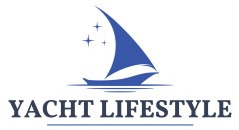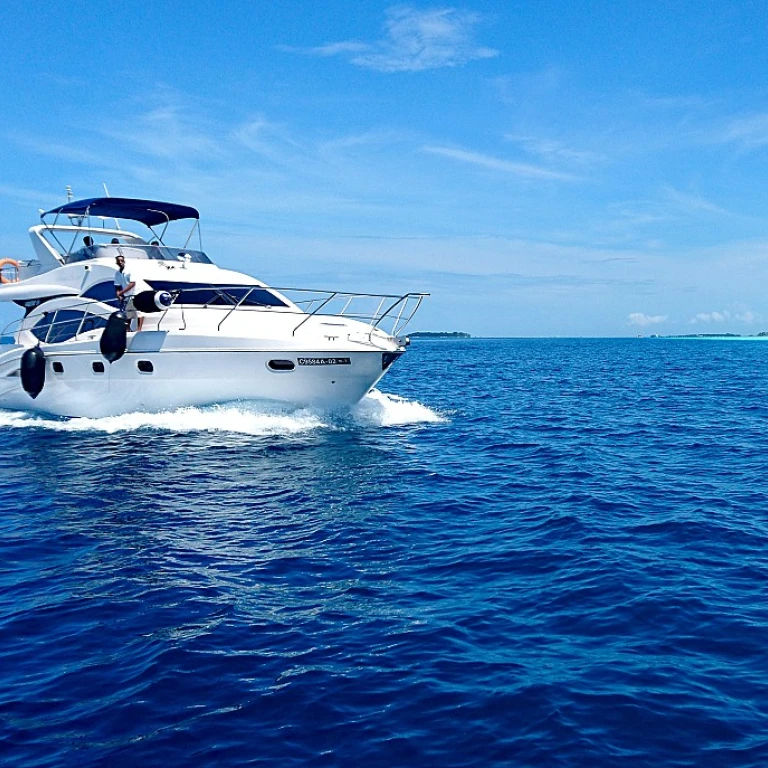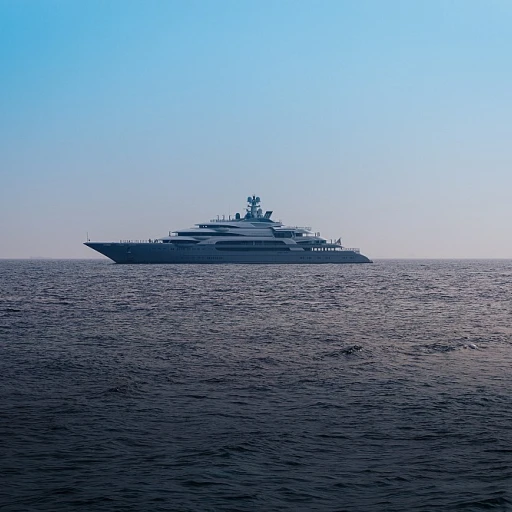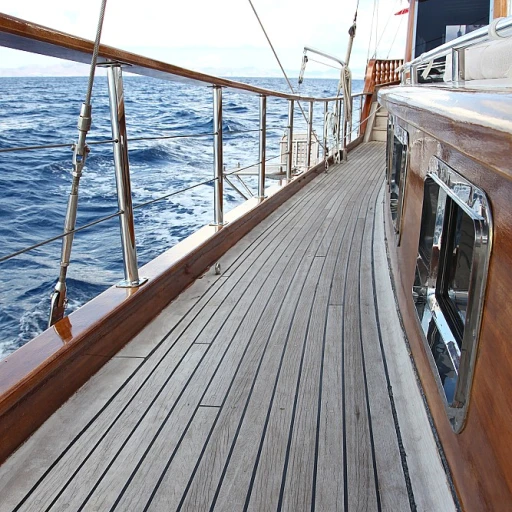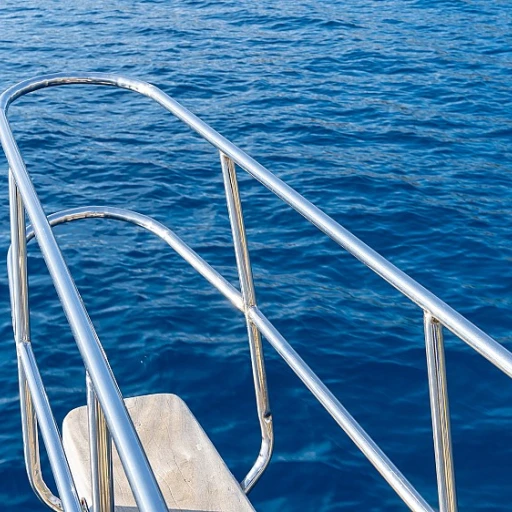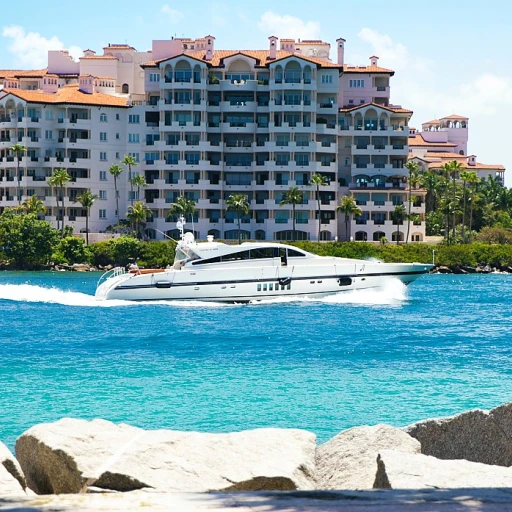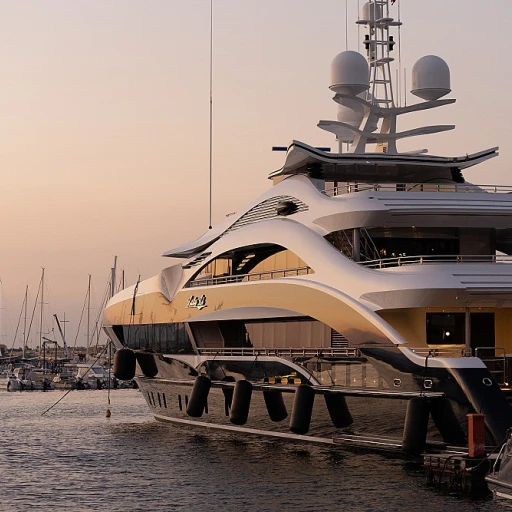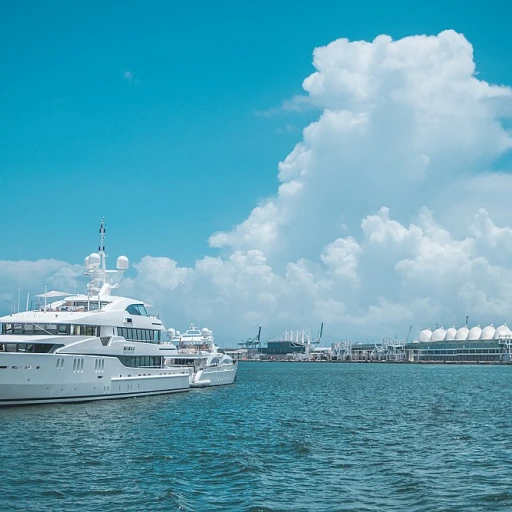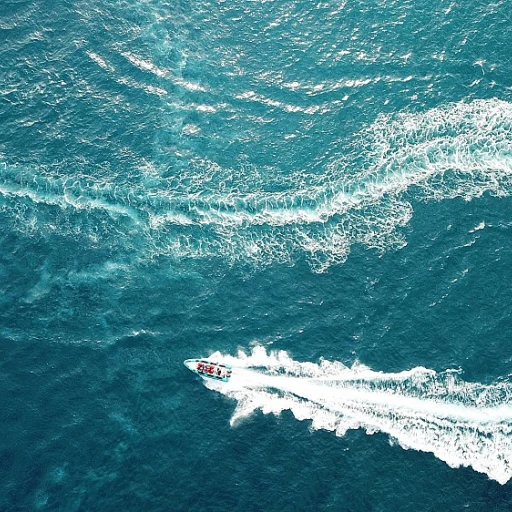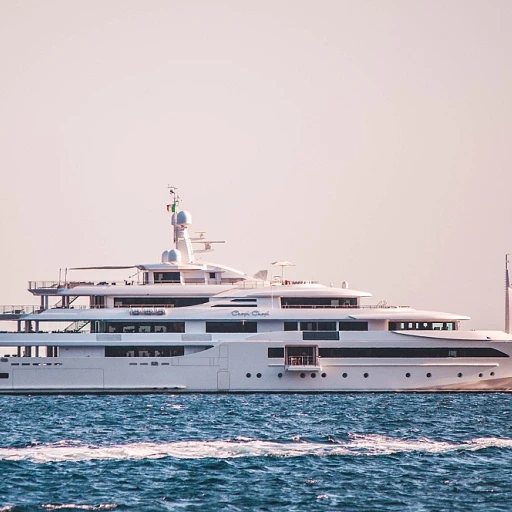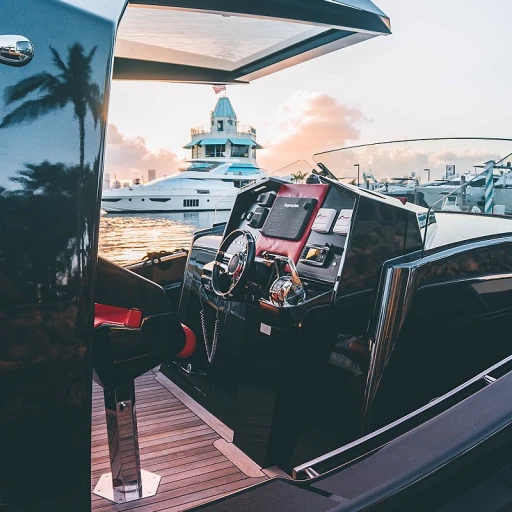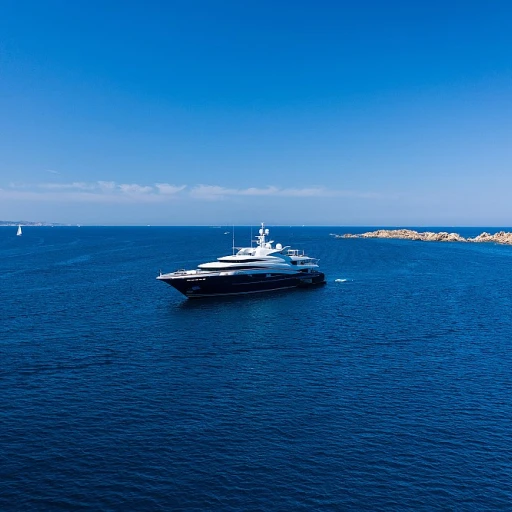-large-teaser.webp)
Understanding Anchor Drive Systems
Delving into the Basics of Anchor Drive Systems
Within the world of yachting, the mechanics behind anchor drive systems are pivotal for ensuring a smooth sailing and secure mooring experience. These systems do the heavy lifting, orchestrating the deployment and retrieval of anchors, which can weigh well over a thousand lbs.
Understanding anchor terminology and operation is crucial for yacht enthusiasts. The core function of these drives is to provide the necessary lbs torque, aligning with the weight and property type of your vessel. Whether you're mooring close to a beach on a property for sale or docking near a high school, the role of the anchor drive cannot be understated.
These systems are carefully engineered to harmonize with the varying needs of yacht designs and sizes. You encounter different challenges when implementing anchor drives, which are intricately related to factors such as yacht floorplans, including rooms like the dining room, living room, and walk-in closet. These are often considered during the design and construction processes to maximize the efficiency and aesthetic integration of the drive within the yacht.
As technological advancements steadily transform the yachting landscape, the anchor drive also evolves to cater to luxury demands. This aligns with the broader scope of yacht features, which provide homeowners sailing across the United States and North America an elevated experience in both seafaring and in-harbor scenarios.
The integration of advanced anchor drives is a dynamic facet of yacht property development, drawing parallels with concepts like flooring wood and flooring carpet in homes on sale, thus underscoring their significance not only in terms of function but also in complementing the aesthetic of your sailing abode.
Types of Anchor Drive Systems
Various Configurations Unique to Anchor Drives
In the ever-evolving landscape of yachting, understanding the unique configurations of anchor drive systems is essential. Each system plays a crucial role in ensuring that your yacht remains securely moored. It's not merely about the anchor itself but extends to the intricate mechanisms that power it, ensuring both safety and efficiency.
Anchor drives come in several configurations designed to meet specific needs and preferences. Here, we'll explore some of the prominent types available in the market, discussing their distinct features and functionalities:
- Single Speed Drives: These basic systems are straightforward and easy to use, typically featuring helical pile technology. Their simplicity makes them a popular choice among yacht owners who prioritize ease over advanced features.
- Variable Speed Drives: Offering more flexibility, these systems allow for gradual adjustments in anchor drop and retrieval speed, providing better control. They are especially beneficial when anchoring in complex or crowded locations.
- High Torque Drives: Designed for larger vessels, these powerhouses deliver exceptional "+ lbs torque", ensuring that even the heaviest anchors can be maneuvered with ease.
The choice of anchor drive is not just about functionality. It has to align with the yacht's overall design and operational needs, similar to selecting the right property type in the real estate market. Yachts, like homes for sale, benefit from tailored features that enhance the yachting experience, whether it’s a single speed solution or a more advanced system capable of handling significant "lbs torque". Ultimately, your choice of anchor drive should resonate with your yachting lifestyle and vessel requirements.
Technological Advancements in Anchor Drives
Technological Innovations Redefining Anchor Drives
The world of yachting is experiencing a wave of innovation, particularly within anchor drive systems. These advancements are reshaping how yachts interact with the marine environment, offering enhanced functionality and efficiency. At the heart of these innovations is the integration of advanced materials and technologies, which allow anchor drives to handle increased lbs torque with ease, providing more reliable anchorage, even in challenging seabeds.- Enhanced Torque Systems: Modern anchor drives have been engineered to leverage increased lbs torque, offering superior holding power. This results in a more secure hold, which is particularly advantageous for yachts anchoring near beach properties or areas prone to high winds.
- Sophisticated Controls and Automation: Many new anchor drives include automation features that streamline operations. These drives can integrate seamlessly with the yacht's central control systems, allowing for quicker deployment and retrieval, effectively reducing the need for manual adjustments.
- Environmental Considerations: Sustainability has risen to the forefront of technological development in anchor drives. New systems are designed to minimize environmental impact by incorporating eco-friendly materials and reducing seabed disturbance.
Challenges in Anchor Drive Implementation
Overcoming Common Obstacles in Anchor Drive Integration
Implementing anchor drive systems on yachts isn't without its share of challenges. Despite their efficiency, complexities arise that could impact the overall performance and integrity of the vessel. Here are some common issues faced during the integration process:- Torque Management: The lbs torque generated by anchor drives needs careful consideration. Too much force can damage the structural integrity of the yacht, while insufficient torque won't provide the necessary security for anchorage.
- Compatibility Concerns: Different property types of yachts may require different anchor drive systems. For example, a yacht with flooring carpet may have different mechanical demands compared to one with flooring wood. It's crucial to match the drive system to the specific features of the yacht.
- Space Constraints: Fitting an anchor drive system in the designated area can be a significant hurdle, especially in yachts with limited room. The installation should harmonize with the existing design, such as accommodating the walk-in closet, living room, and dining room spaces. The placement should also ensure easy access for maintenance.
- Environmental Considerations: Yachts operating in different locations, whether near a beach or open sea, face varied conditions. Each environment demands specific operational features from the anchor drive to perform optimally without causing undue wear and tear.
- Economic Factors: The market price for installing and maintaining these systems can be a barrier, especially when weighing the potential for homes sale or resale in North America and the United States. The investment can significantly impact the yacht's market valuation, akin to how real estate values are influenced by garages or school district proximity.
Maintenance and Upkeep of Anchor Drives
Regular Care to Sustain Efficiency
Dive into the intricacies of maintaining anchor drive systems, and one quickly realizes the importance of consistent upkeep to ensure optimal performance. Anchor drives are crucial components, and their seamless operation requires attention to detail and a regular check-up routine.Inspection and Servicing
Proper maintenance begins with routine inspections. Given their exposure to harsh marine conditions, anchor drives must be regularly serviced. Key checkpoints include:- Visual Examination: Regular checks for wear and tear on anchor components.
- Torque Checks: Ensure the lbs torque remains within manufacturer specifications.
- Greasing and Lubrication: Timely application of lubricants to reduce friction and prevent any rusting.
